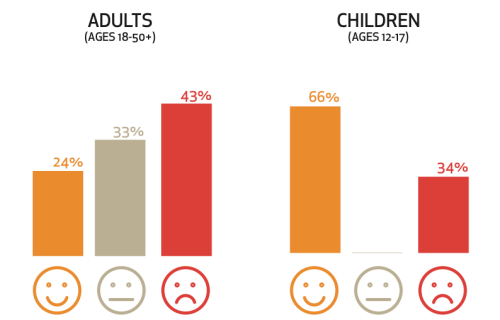I had a few welcome breaks from my habitual ‘learning’ zone this past month — got away from workshops, conferences, panels, academic reports, meetings, articles and posts for a bit and popped into a little art, comedy and fiction.
Art
Marlene Dumas’ superb exhibit at the Tate Modern in London is called ‘The Image as Burden‘ (it’s on till May 10 so go check it out!). It’s quite relevant for those of us thinking about poverty porn and ethical use of image and narrative in development work, especially Black Drawings. The description of the piece said that she found old photos of Africans, usually taken by anthropologists or colonizers, and where the focus was almost always on black bodies, not on persons, and where individuals were never named. She enlarged the photos and painted close-ups of the faces as portraits, re-focusing on the individuality and humanity of each person.

As I stood there absorbing the wall of faces, it struck me that no amount of ranting and preaching to people about the single story narrative or the way that Africans and the poor are so often stereotyped and filmed and photographed as objects rather than subjects can really bring the point home like this.
Dumas also has a moving piece called Great Men, where she’s done portraits of famous men in history who were gay, using a similar technique of close up painted portraits, here each with a short biography.

Comedy
Last week, I went to my second stand-up comedy show from America Meet World, where comedians from different countries showcase their craft to US audiences. Trina Das Gupta, who has always been irritated by poverty porn and the aid industry’s single story penchant, runs the production. She started it as a way to lower cultural barriers and introduce the ‘rest of the world’ to Americans. What better way than comedy, she figured. When she told me about her idea a few years ago, I wondered how comedy would translate — they always say humor is cultural, but her strategy is proving to be brilliant. The two shows I hit were hilarious, and I don’t normally follow comedy. The Daily Show is also embracing the idea of a more globalized comedy in the US, with their recent choice of Trevor Noah to replace Jon Stewart. Comedy, when done right, is so good for pointing out absurdities and making you think about yourself and your culture in different ways. (It’s even better when you go out dancing afterwards.)
Fiction
J. (formerly @talesfromthhood) just put out his latest book, one of the very few in the genre of ‘humanitarian fiction’. This is J’s third novel and he’s firmly settling into the role of writer. In Honor Among Thieves, he introduces readers to likable characters struggling to be ethical in their various roles as development workers. By exploring the challenges and obstacles that people at different levels and in different sides of the industry face, he helps those already inside the industry and those just getting into it to deepen their understandings of the contradictions inherent in the aid system. It would be great reading for some of the journalists and aid critics who like to bash individual aid and development practitioners without understanding the trade-offs they often have to make. The book is entertaining and easy to get through on a plane ride. It critiques the industry but in a more fun and accessible way than articles and posts from academics and journalists and aid critics. (If Honor Among Thieves is too serious, the old fallback ‘Disastrous Passion‘ explores many of the same themes but takes the form of a ‘humanitarian romance novel’, with hilariously over the top sex scenes to break up any serious talk).
We need more art and edutainment
We could classify all these as ‘edutainment’. I looked up the term to see how long ‘edutainment’ has been around. According to Wikipedia, it’s about 50 years.
Since the 1970s, various groups in the United States, the United Kingdom, and Latin America have used edutainment to address such health and social issues as substance abuse, immunization, teenage pregnancy, HIV/AIDS, and cancer.
Parables and fables have been around for quite a bit longer the entry notes (obviously). And of course fairy tales and nursery rhymes sneak advice and warnings inside of clever poems, songs and stories. Some might say that the sacred texts of the world’s major religions are edutainment. But at the risk of offending, I will keep quiet about that.
It’s kind of funny that we (meaning ‘we aid and development people’) like to use edutainment to achieve behavior change with ‘the poor’ but we don’t do nearly enough of it with ourselves and our donor publics. I, for one, think we need more edutainment. More Fail Fests (comedy plus theater). More satire like Africa for Norway and Tim’s Revolutionary One for One campaign. More shows like The Samaritans and blogs like Stuff Expat Aid Workers Like.
More, more, more!



